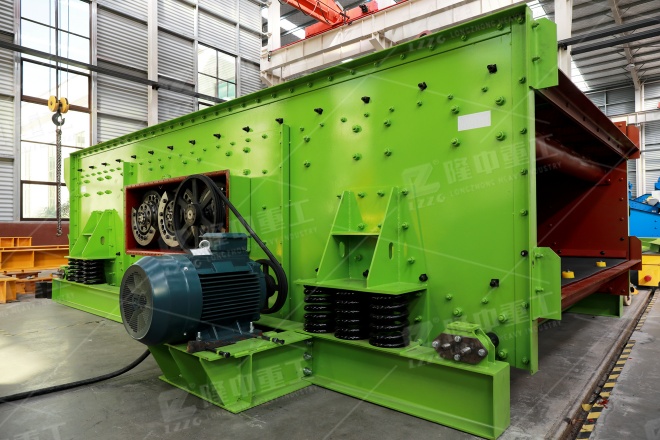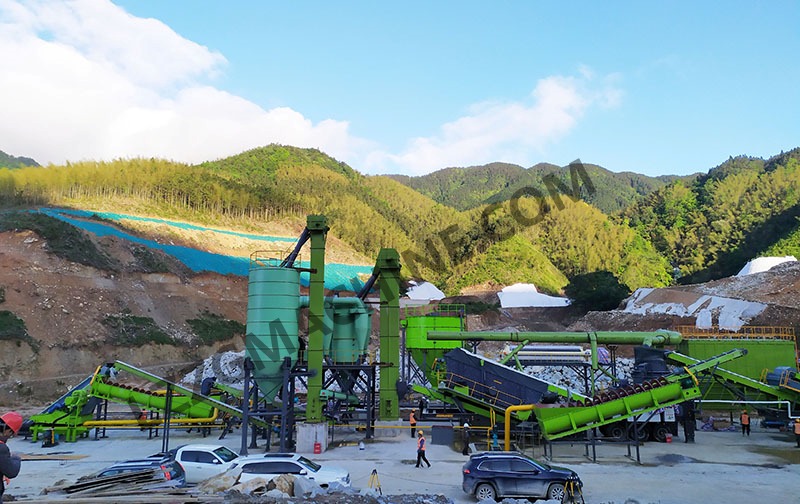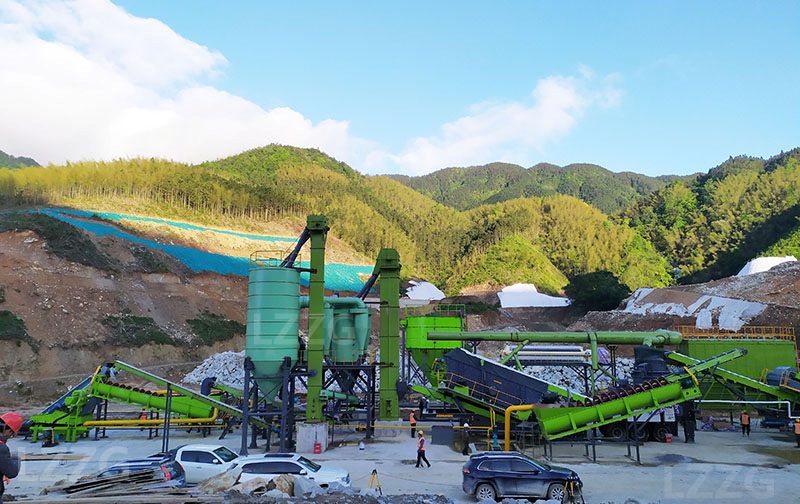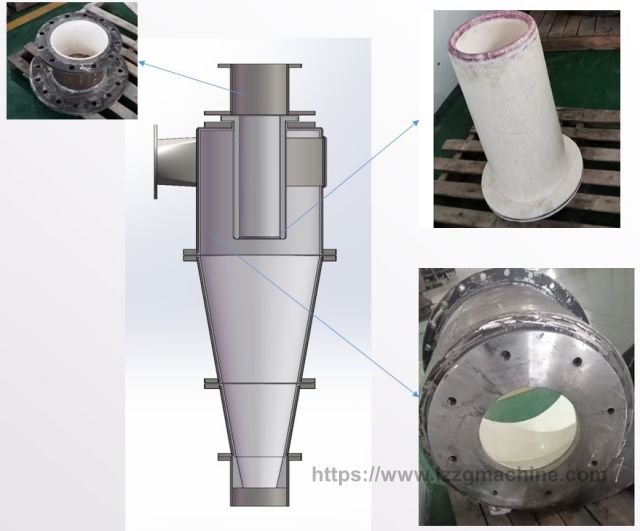Dehydration principle of plate and frame filter press
 October.30,2023
October.30,2023
Filter press is a common solid-liquid separation equipment. Its working principle is to use pressure difference to separate solid particles from liquid. The following is a detailed description of the working principle of the filter press:
1. Filter liquid entry: First, the mixture to be treated (including solid particles and liquid) is added to the filter chamber or filter of the filter press.
2. Filter selection: Select an appropriate filter according to the size and shape of the solid particles. Filters are usually made of a mesh or porous material that blocks the passage of solid particles but allows liquids to flow through.
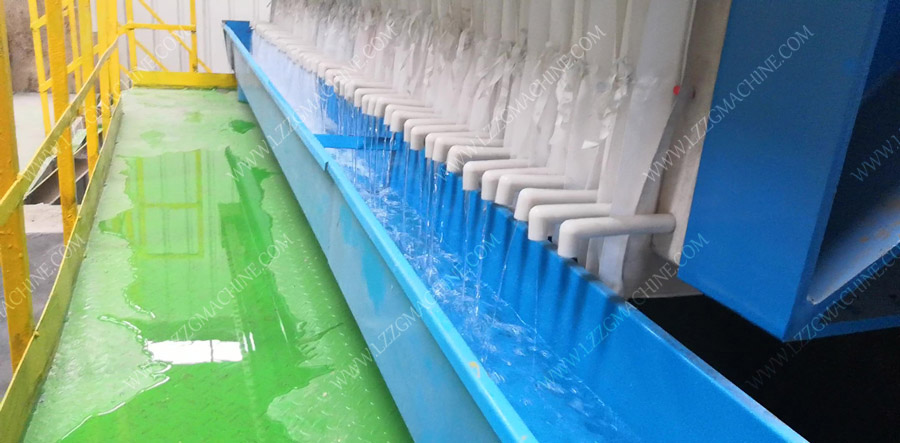
3. Create a pressure differential: Create a pressure differential by applying external pressure or using a device such as compressed air, water or a liquid pump. This pressure difference is exerted on the filter, allowing liquids to pass through the filter while solid particles are blocked on the filter.
4. Accumulation of solid particles: As the liquid passes through the filter, solid particles will gradually accumulate on the filter. This process continues until the solid particles on the filter reach a certain thickness.
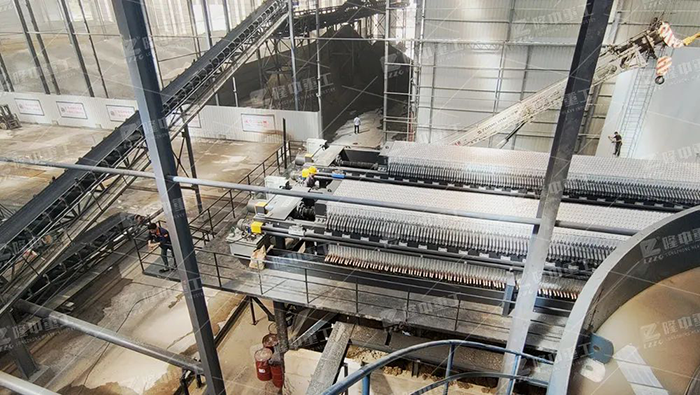
5. Liquid discharge: Once the solid particles on the filter reach a certain thickness, the passage speed of the liquid will slow down. At this time, the filter will stop supplying liquid and discharge the filtered liquid. Principles of sludge dewatering in sand washing plants.
6. Treatment of solid particles: After the filtered liquid is discharged, the solid particles will remain on the filter to form retentate.


